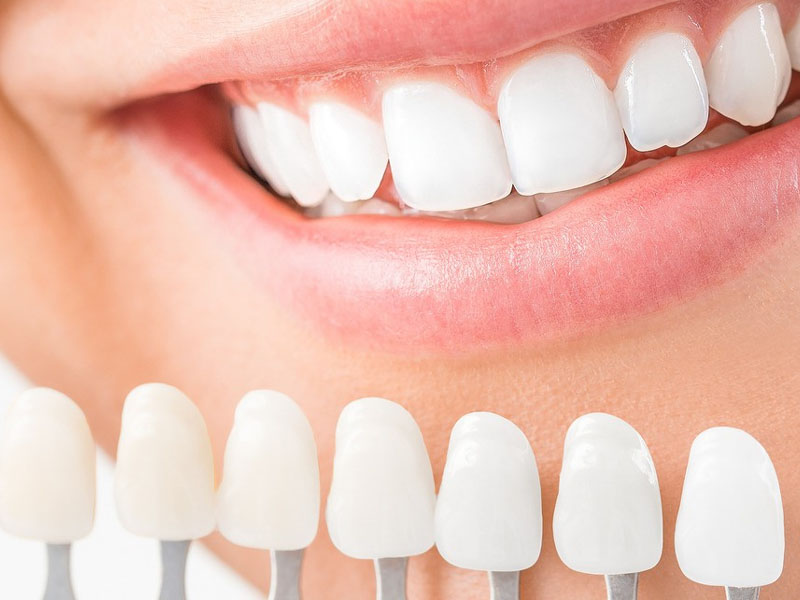When considering cosmetic dentistry, many patients ask about the durability of composite veneers—and rightfully so. These custom-made shells, applied to the surface of teeth to improve appearance, offer an appealing mix of affordability and aesthetic enhancement. But how long do they really last, and what factors influence their lifespan? In this comprehensive guide, we’ll explore the key aspects of Composite Veneers Treatment, their longevity, and how you can ensure they remain in top condition for years to come.
Understanding What Makes Composite Veneers Durable:
Composite veneers are crafted from a tooth-colored resin material that's sculpted directly onto the teeth. Unlike porcelain veneers, which are made in a lab and bonded to the teeth later, composites are applied chairside. Their durability largely depends on the following:
- The skill of the dentist during application
- The quality of the composite resin used
- The patient’s oral hygiene and lifestyle habits
- The location of the veneers in the mouth (front teeth vs. molars)
While composite veneers are not as long-lasting as porcelain, they are still a reliable solution for minor cosmetic corrections and can last several years with the right care.
Average Lifespan: What You Can Expect
The typical durability of composite veneers ranges between 4 to 8 years. However, some patients enjoy results that last even longer when maintenance is prioritized. It’s important to recognize that several elements contribute to their longevity:
- Biting or chewing on hard items like ice or pens can reduce lifespan
- Bruxism (teeth grinding) puts additional pressure on veneers
- Smoking and frequent coffee or wine consumption can stain the resin
- Regular dental visits and cleanings help maintain veneer integrity
While they may not have the 10–15-year lifespan of porcelain veneers, composite options are easier and less expensive to repair or replace when needed.
Signs It’s Time to Replace or Repair Your Veneers:
Composite veneers, like natural teeth, are subject to wear and tear. Knowing when it’s time to replace them ensures your smile stays healthy and attractive. Watch for these common signs:
- Discoloration that doesn’t respond to whitening
- Chips or cracks in the veneer material
- Separation or lifting from the natural tooth
- Rough textures or uneven surfaces
Addressing these concerns early can prevent more extensive dental work and keep your oral health in top shape.
How to Maximize the Lifespan of Your Veneers?
To extend the durability of Composite Veneers, patients must adopt a proactive approach to oral care. Here are some dentist-approved tips to get the most from your investment:
- Brush twice daily with a non-abrasive fluoride toothpaste
- Floss regularly to prevent plaque buildup around the veneer edges
- Avoid using your teeth to open packaging or crack nuts
- Consider wearing a nightguard if you grind your teeth
- Schedule routine dental checkups every six months
Proper care not only preserves the appearance of veneers but also supports overall oral health.
Are Composite Veneers the Right Choice for You?
While porcelain veneers are considered the gold standard in cosmetic dentistry, composite veneers offer a budget-friendly alternative with solid performance. They are ideal for patients who:
- Want a quicker, same-day smile makeover
- Need to fix minor chips, cracks, or gaps
- Prefer a reversible procedure without tooth reduction
- Seek a lower upfront cost for aesthetic treatment
Discussing your goals with your dentist will help determine whether composite veneers align with your dental needs and lifestyle expectations.
Final Thoughts on the Durability of Composite Veneers:
The durability of composite veneers depends on multiple factors, including materials used, personal habits, and oral hygiene. Though they may not last as long as porcelain options, they provide an excellent aesthetic solution when properly maintained. With regular care and professional oversight, composite veneers can be a long-lasting addition to your smile transformation journey.

